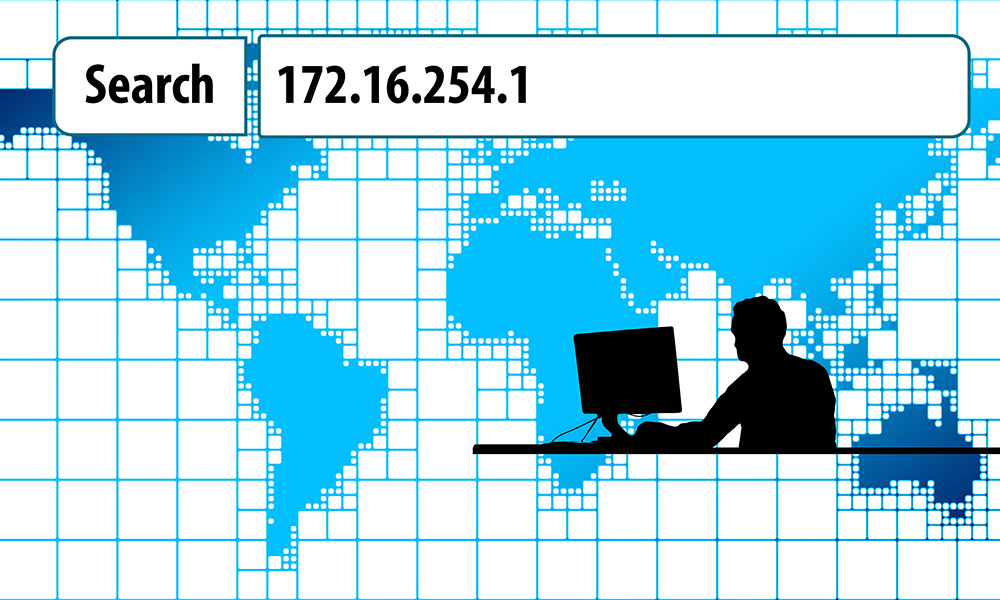
As each individual has a unique ID number that distinguishes him/her from other people, each Internet site or blog has a unique Internet Protocol address or a shortened IP address.
An IP address is a specific numerical string, consisting of a total of 12 numbers, and the basic purpose of an IP address is to enable computers to communicate properly in order to know to which page they should refer a user.
Since the memory of different numerical tags is quite difficult for people, with the help of a specific system, the so-called Domain Name System, the numeric codes located within an IP address are converted into letter names of domains. This makes the entire process considerably easier for users because if they had to type the IP address instead of the Internet address, it is likely that a big mess would be created on the global network. All this process of converting numerical symbols or IP addresses into letter symbols or an IP address into an internet address is known as Domain Name Splitting.
Each logic host is recognized by internet protocol thanks to the IP address. The IP address is unique and there is no possibility that two internet sites have the same IP address. In some cases, and in accordance with the capabilities of an Internet service provider, users are assigned the host name along with their IP address.
In addition to primarily serving to facilitate uninterrupted communication between the user and the server of a particular website, IP addresses are also contained in the user's e-mail headers. In order to establish adequate communication and forward the data, it is necessary that each user and each website he wants to visit has an IP address, which applies to all programs and systems functioning on the principle of TCP / IP protocol.
There are two types of IP addresses, static and dynamic IP address. The static IP address is always the same during the connection, while the dynamic IP address is always different for each connection. It is quite logical that there must be a specific server in order to use a dynamic IP address.
If the computer has one network card, by means of which it is connected to the network, then it has only one IP address. However, there is the possibility that the same computer or other device has more than one network card which gives it the ability to have more than one IP address, but one card can always have only one IP address.
The latest version of the IP address currently used and with the widest use is made of 4 bytes, i.e. 32 bits, which allows single addresses of host servers in the amount of as much as 4.2 billion. Unfortunately, this number of IP addresses is not enough in practice as there is an insufficient number of free IP addresses, so it is increasingly talked about expanding the range to 6 IP addresses. The current standard for IP addressing is Internet Protocol Version 4 or IPv4.
What is very important is the fact that the IP address is in no case assigned randomly. The procedure for assigning an IP address is as follows: firstly, the Internet Service Provider (or any other organization that leases the server) searches for multiple IP addresses from the registry (netblock addresses are connected). In this way, a particular Internet Service Provider receives a network number, which is actually comprised of a range of Internet addresses that a provider can freely deploy. When there is a need for new IP addresses, an Internet service provider may request a new netblock. The new standard IPv6 internet protocol is not very much in use, but it seems that its massive use will begin in the near future, due to increased internet traffic on a global scale. IP addresses within this internet protocol are 128 bits wide, so it is assumed that they can meet the needs of internet traffic. The IP address in IPv6 consists of 8 times 16 bits, or 8 four-digit hexadecimal numbers, which are separated by character :.